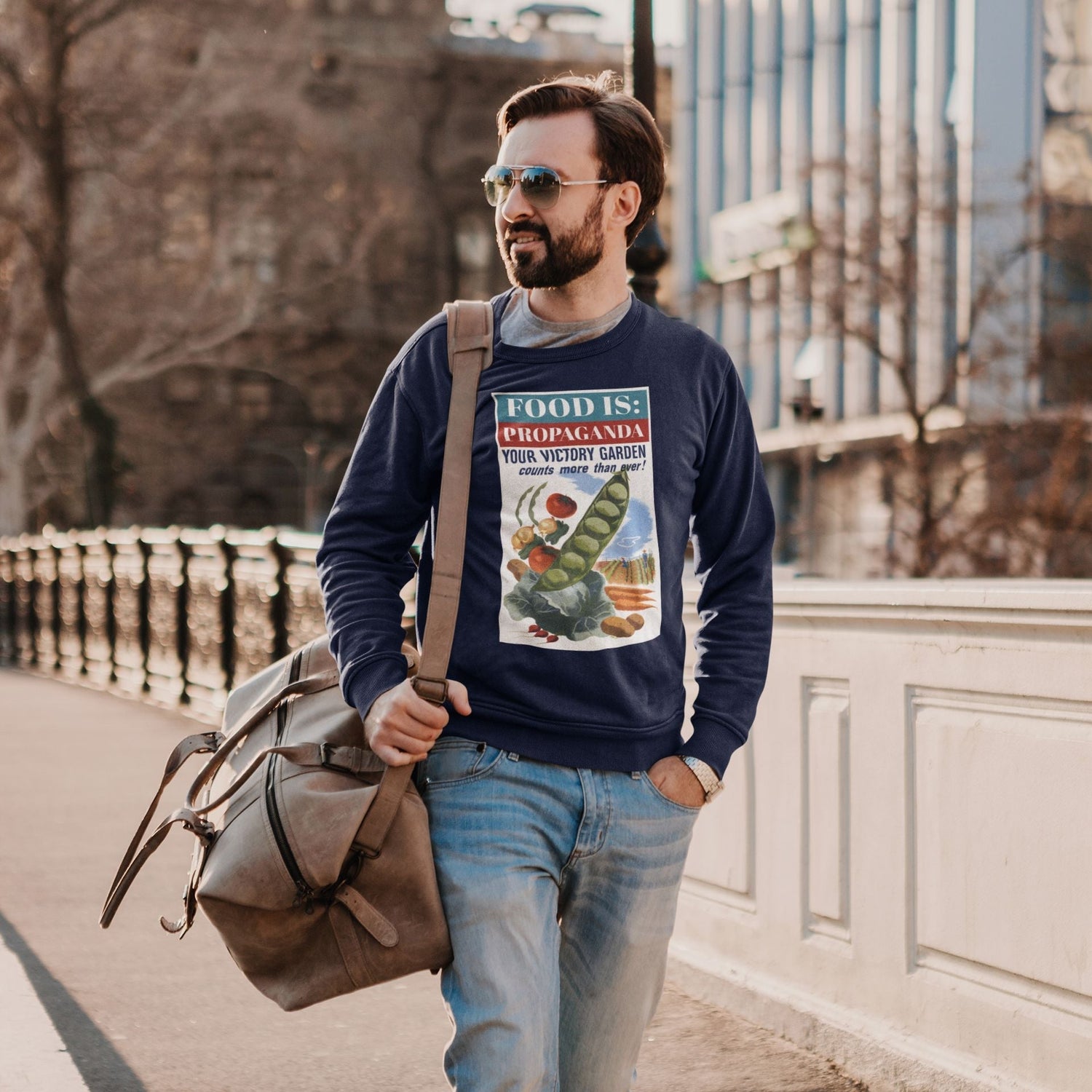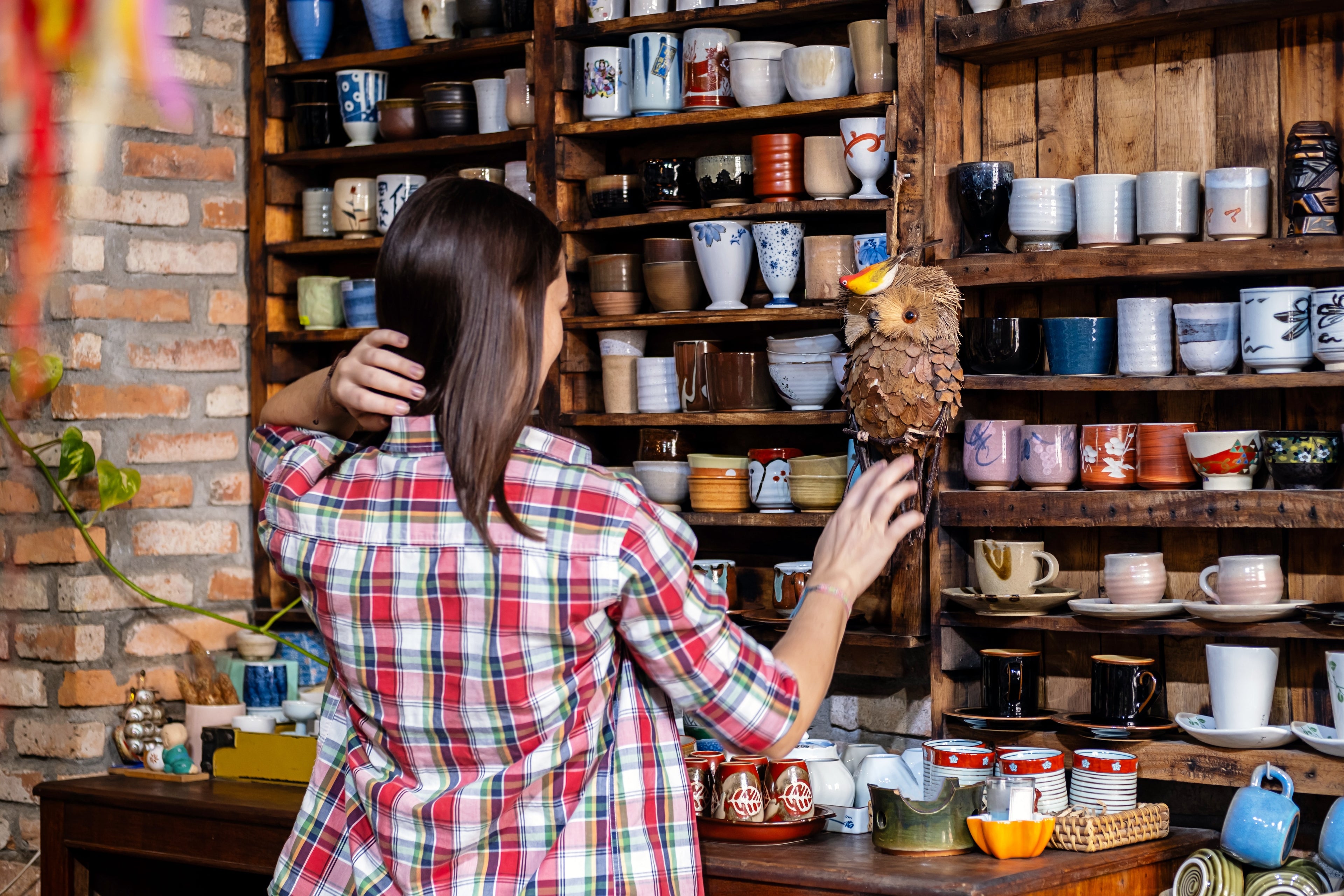Sort by:
About the Artwork:
Honoré Daumier, born in 1808 in Marseille, France, was a prolific painter, sculptor, and caricaturist renowned for his sharp critique of French society and politics during the 19th century. Daumier’s work is celebrated for its satire, often focusing on the lives of the Parisian working class, the foibles of the bourgeoisie, and the corruption within the judicial system. His approach made use of lithography to reach a broad audience.
"Le bon morceau" is a striking example of Honoré Daumier's keen eye for social commentary and human behavior. The artwork depicts a diner at a table greedily eyeing a cut of meat. This figure's exaggerated features and the intense focus on the piece of meat serve to emphasize the themes of gluttony and selfishness.
Image courtesy of the National Gallery of Art, Washington via its Open Access Initiative.
About the Artwork:
John Leech was an English caricaturist and illustrator, born in 1817 in London, known for his sharp wit and role in shaping British satirical art. Leech worked extensively for the magazine Punch, where he contributed drawings that highlighted the absurdities and contradictions within Victorian society. His work is celebrated for its humor, expressive characters, and ability to critique social norms while still engaging a broad audience. Leech’s illustrations not only entertained but also provided commentary on politics, culture, and everyday life, making him a key figure in the development of British cartoon and comic art.
"Vegetarian Odd Fellows" is an example of John Leech's humorous and satirical style, depicting two men as a carrot and parsnip. The man depicted as a parsnip appears to be elderly and is referred to by Leech as "Pa-Snip," potentially indicating a familial connection between the two figures or simply intending to highlight an age disparity. The other figure "Carrott" is aiding Pa-snip as the two engage in yard or farm labor.
Image courtesy of the Met's Open Access Initiative.
About the Artwork:
Amédée Varin, an artist active in the 19th century, was known for his imaginative and often whimsical illustrations that blended botanical elements with human characteristics. Varin's work typically involved elaborate depictions of plants and flowers anthropomorphized in a variety of scenes that both amused and fascinated viewers. His unique style captures an intersection of nature and human culture.
"Cucurbitus 1er/ Costume d'apparat" demonstrates Amédée Varin’s distinctive approach to botanical illustration. This artwork portrays a majestic figure, adorned in attire that mimics the form and texture of gourd vegetables. Varin’s meticulous attention to detail highlights the characteristics of the gourd, transforming them into a dignified presence that commands respect and curiosity.
Image courtesy of the Minneapolis Insitute of Art (Mia).


Food is: Propaganda | Unisex Sweatshirt - WWII Victory Garden
$57.00
Unit price perFood is: Propaganda | Unisex Sweatshirt - WWII Victory Garden
$57.00
Unit price perAbout the Artwork:
Hubert Morley, an American graphic artist active in the mid-20th century, was known for his vivid and motivational propaganda posters during World War II. Morley’s artwork typically featured strong, encouraging messages aimed at boosting home front morale and supporting the war effort through various means. His designs were characterized by bold colors and dynamic compositions, effectively communicating urgent messages to a wide audience. Morley’s posters not only served as functional wartime communications but also as lasting symbols of American resilience and unity during challenging times.
Created in 1945, "Your Victory Garden Counts More Than Ever" by Hubert Morley is a vibrant and compelling poster that was part of a broader national campaign to encourage the cultivation of home gardens during World War II. The artwork features a lush, bountiful garden teeming with a variety of vegetables, emphasizing the abundance that can be achieved through personal effort. At the forefront, freshly harvested produce underscores the tangible results of maintaining a victory garden.
Image courtesy of Boston Public Library Digital Commonwealth Collections.
About the Artwork:
Hubert Morley, an American graphic artist active in the mid-20th century, was known for his vivid and motivational propaganda posters during World War II. Morley’s artwork typically featured strong, encouraging messages aimed at boosting home front morale and supporting the war effort through various means. His designs were characterized by bold colors and dynamic compositions, effectively communicating urgent messages to a wide audience. Morley’s posters not only served as functional wartime communications but also as lasting symbols of American resilience and unity during challenging times.
Created in 1945, "Your Victory Garden Counts More Than Ever" by Hubert Morley is a vibrant and compelling poster that was part of a broader national campaign to encourage the cultivation of home gardens during World War II. The artwork features a lush, bountiful garden teeming with a variety of vegetables, emphasizing the abundance that can be achieved through personal effort. At the forefront, freshly harvested produce underscores the tangible results of maintaining a victory garden.
Image courtesy of Boston Public Library Digital Commonwealth Collections.









